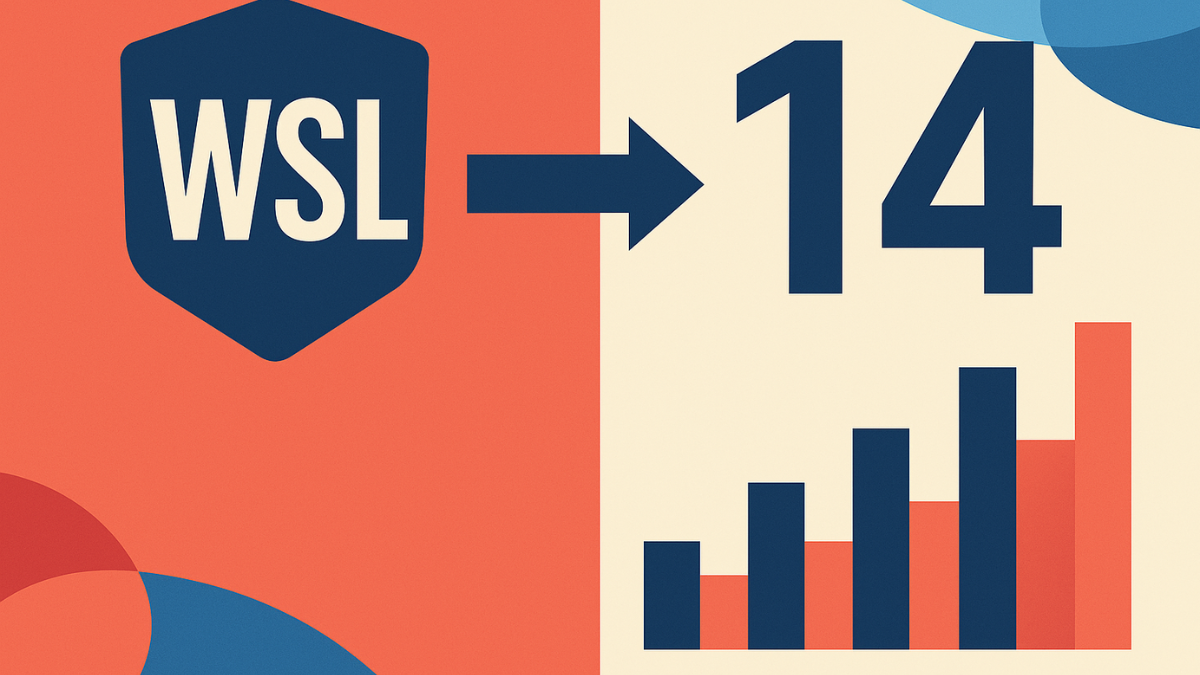Big changes are coming to the Barclays Women’s Super League (WSL) as the Football Association looks to grow the women’s game in both size and professionalism. From the 2026/27 season, the top tier of English women’s football will expand from 12 to 14 teams, marking one of the most significant structural shifts in recent years.
Here’s a breakdown of what’s changing — and what it means for clubs across both tiers.
The Current Structure
As it stands, the WSL is made up of 12 teams. It operates under a traditional format: each club plays the others twice, and at the end of the season, one team is relegated to the second tier (currently known as the Women’s Championship), while one team is promoted to the top flight.
The Women’s Championship is a semi-professional division, with a growing number of clubs moving toward full-time setups. However, there’s been growing pressure to raise the competitive level, boost investment, and create more professional opportunities across the league pyramid.
What’s Changing?
To accelerate the development of the women’s game, the FA has confirmed several major changes set to come into effect for the 2026/27 season.
Key Changes at a Glance
– Expansion:
The WSL will grow from 12 to 14 teams, adding two additional top-flight spots to increase competitiveness and provide more professional playing opportunities.
– Promotion:
The top two teams from WSL 2 (the rebranded second tier, currently the Women’s Championship) will be automatically promoted for the 2026/27 season.
– Relegation:
The bottom two teams in the WSL at the end of the 2025/26 season will be relegated to WSL 2.
– WSL 2 Becomes Fully Professional:
The second tier will be fully professional, bringing higher standards, better infrastructure, and more support for players and clubs.
– Promotion-Relegation Playoff:
Starting in 2026/27, there will be a playoff between the 3rd-placed team in WSL 2 and the second-bottom team in the WSL. The winner will secure a place in the top division for the following season.
What This Means
This is a major step forward for women’s football in England. Expanding the WSL to 14 teams creates more opportunities for players, coaches, and clubs, while professionalising WSL 2 brings the league structure closer in line with the men’s game.
It also increases competition at both ends of the table — not only will there be more teams chasing the title, but also more at stake in the relegation fight.
For ambitious clubs in the current Championship, the path to the top just became clearer — and a bit more urgent.




